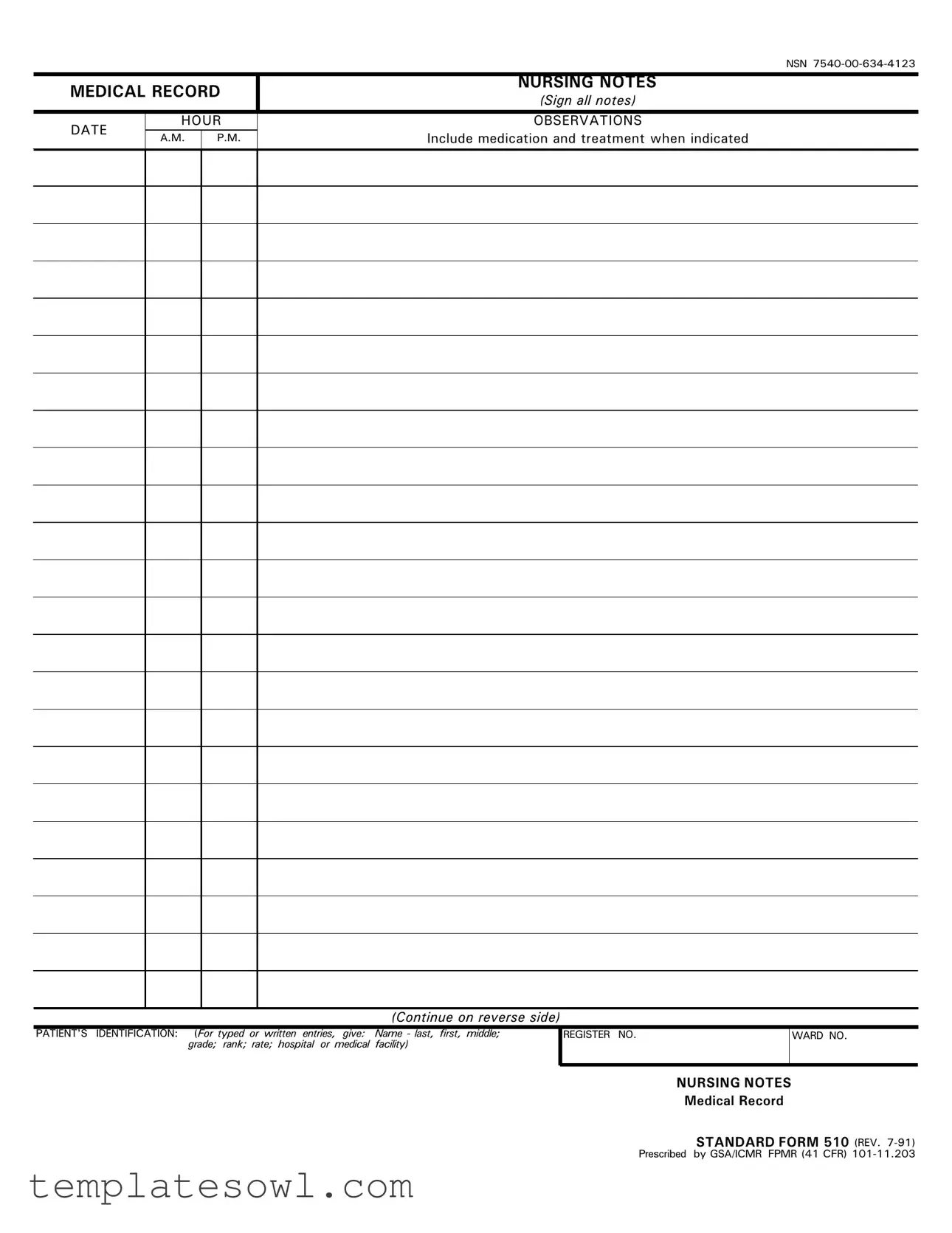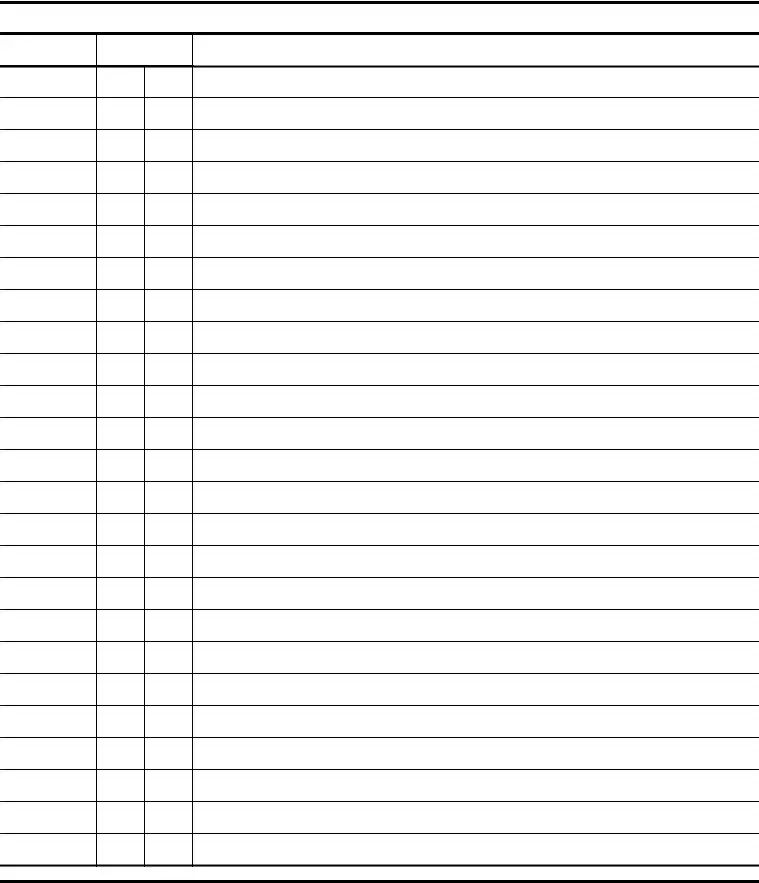What is the purpose of the Nursing Notes form?
The Nursing Notes form serves as a vital tool for healthcare professionals to document patient care, treatments, and any significant observations. This documentation aids in creating a comprehensive medical record that can be referenced by other healthcare providers. Accurate notes ensure continuity in care, facilitate communication among medical staff, and provide legal protection by offering a clear account of the patient's treatment journey.
What information is typically included in the Nursing Notes?
The Nursing Notes usually include patient demographics, such as name, age, and medical record number, alongside detailed records of medications administered, treatment interventions provided, and the patient’s response to these actions. Additionally, any changes in the patient’s condition—be it physical, emotional, or cognitive—are documented. This comprehensive approach ensures that all relevant information is captured for quality care and safety.
How often should the Nursing Notes be updated?
Nursing Notes should be updated regularly, ideally after each patient interaction. This could be after a procedure, medication administration, or any notable change in the patient's condition. Continuous documentation allows for real-time updates that are crucial in providing immediate care and enables healthcare professionals to track the patient's progress accurately.
Who is authorized to fill out the Nursing Notes?
Authorized personnel typically include registered nurses, licensed practical nurses, and nurse practitioners. These individuals are trained to observe patient behaviors, assess conditions, and implement care plans. However, in some facilities, specific procedures may allow for trained support staff to contribute to the documentation under supervision, depending on the established protocols.
Can Nursing Notes be shared with other healthcare providers?
Yes, Nursing Notes can be shared with other healthcare providers involved in the patient’s care. However, sharing must comply with privacy laws, such as HIPAA, which protects patient information. When sharing, it is crucial to ensure that only relevant details are disclosed and that all parties understand and adhere to confidentiality requirements.
What are the consequences of not accurately using the Nursing Notes form?
Failing to accurately use the Nursing Notes form can lead to numerous issues. Poor documentation may result in inadequate patient care, miscommunication among healthcare providers, and increase the risk of legal liability. Inaccurate record-keeping can also contribute to potential safety hazards for patients and may impact treatment outcomes significantly, underscoring the importance of diligent and precise documentation.


